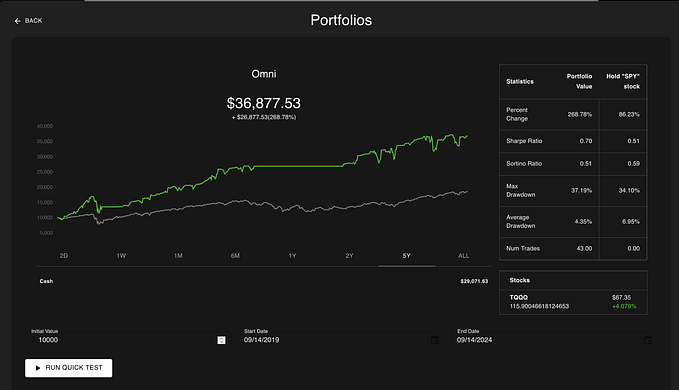Sorry for being presumptuous. The suggestion was well intended. I do think it was correct, though.
You wrote:
"Backpressure is when the progress of turning that input to output is resisted in some way. In most cases that resistance is computational speed"
"By the way, you might eventually hear someone use the word “backpressure” to actually mean something has the ability to control or handle backpressure. For example, if someone says: “I made this new library with built-in backpressure…” they probably mean it somehow handles backpressure for you, not that it actually causes it."
But other industry sources corroborate the slightly different understanding that I gave:
"In the world of software, “backpressure” refers to actions taken by systems to “push back” downstream forces. As such, it is a defensive action taken unilaterally while under duress or if the aggregate call pattern exhibits too many spikes, or is too bursty.
As an operational pattern, backpressure helps equalize the traffic characteristics to protect systems from overload. Without a mechanism like backpressure, a multitude of adverse effects, from intermittent systemic failures to system collapse can occur."
Source: Glasnostic - Microservice analytics and traffic control -https://glasnostic.com/blog/preventing-systemic-failure-backpressure
"When one component is struggling to keep-up, the system as a whole needs to respond in a sensible way. It is unacceptable for the component under stress to fail catastrophically or to drop messages in an uncontrolled fashion. Since it can’t cope and it can’t fail it should communicate the fact that it is under stress to upstream components and so get them to reduce the load.
This back-pressure is an important feedback mechanism that allows systems to gracefully respond to load rather than collapse under it. The back-pressure may bubble all the way up to the user, at which point responsiveness may degrade, but this mechanism will ensure that the system is resilient under load, and will provide information that may allow the system itself to apply other resources to help distribute the load, see Elasticity."
Source: Reactive Manifesto -https://www.reactivemanifesto.org/glossary#Back-Pressure








